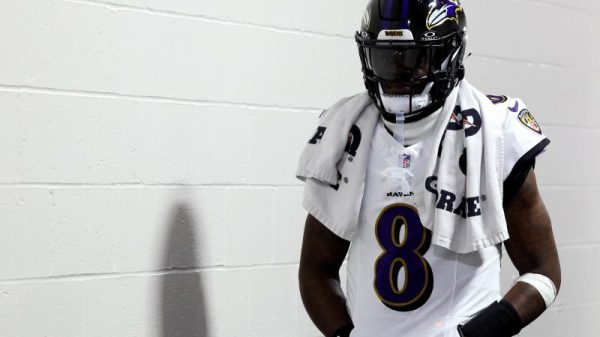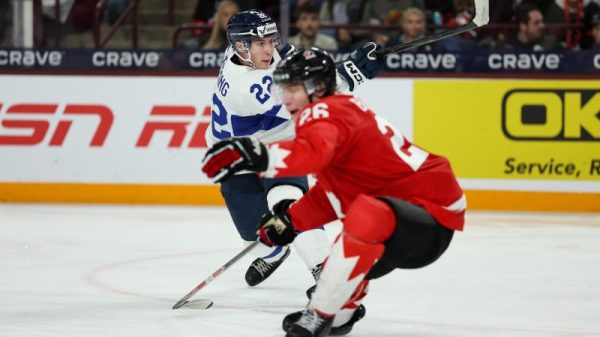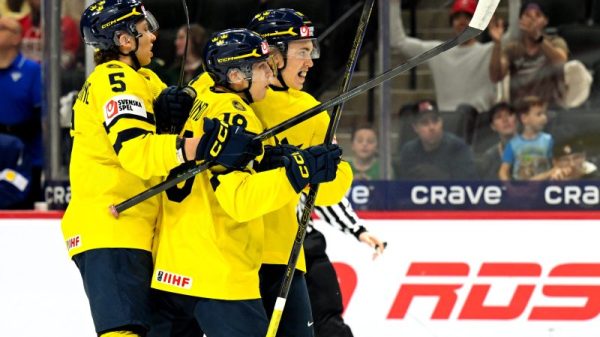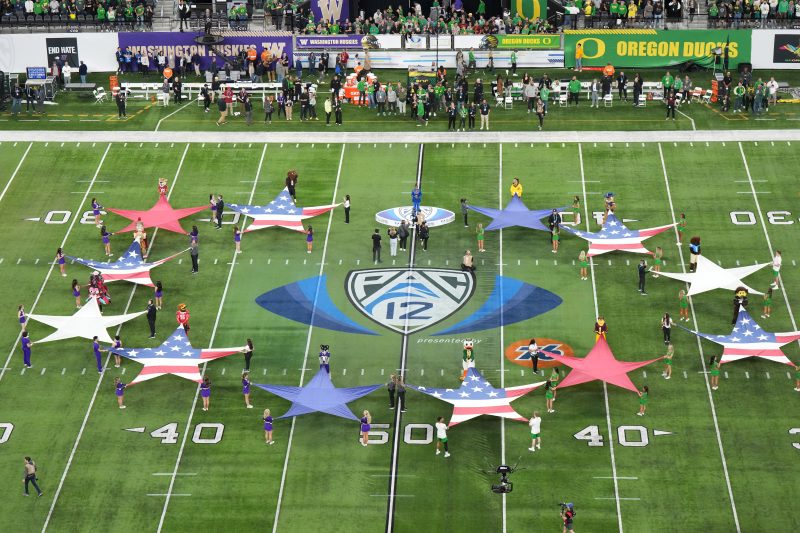The zombie Pac-12 was resurrected on a consultant’s spreadsheet. Then, in a little more than a week, it ran into an opposing force that we haven’t seen too often in college sports, and particularly in conference realignment: Human beings using common sense.
When Memphis, Tulane, South Florida and UTSA decided on Monday to remain for now in the American Athletic Conference, it was a massive win for new conference commissioner Tim Pernetti. It was also a massive win for logic, financial prudence and reality.
It doesn’t mean they’ll stay forever. All of those schools — Memphis and South Florida in particular — have visions of one day joining the ACC. And there’s at least a chance that the Pac-12 will take a lineup of eight football schools (and perhaps Gonzaga basketball) into the television rights marketplace, come up with a dollar figure that might entice a Memphis, for instance, and make another run.
But that plan is going to be limited by another reality: Memphis, one consultant told USA TODAY Sports, is not valued by TV rights holders significantly more than, say, Utah State. And Oregon State and Washington State, the two original Pac-12 leftovers who decided to bring the conference back, aren’t valued much more than Memphis.
In other words, the new Pac-12 was not going to be a power conference no matter which of the potential members jumped in. And the notion of a $12 million per member payday, which had been the carrot for a school like Memphis (currently making around $8-9 million in the AAC) was merely theoretical and based on calculations from the Pac-12’s paid consultants that few people across the college sports industry actually believed.
But it’s also why, when Memphis wanted its substantial AAC exit fees paid for by the Pac-12, the new league looked at the math and decided that it wouldn’t be good business to subsidize a potential $20 million move with a school that wasn’t going to actually add much more to its bottom line.
So the actual math favored the AAC staying together, at least for now. And now what’s left for the Pac-12 is a war to gut whatever else it can get its hands on from the Mountain West, starting with Utah State and UNLV.
But if that’s the end result for Pac-12 commissioner Teresa Gould, we have to ask: What was this all for?
A conference of Boise State, San Diego State, Colorado State, Fresno State, Oregon State, Washington State, Utah State and UNLV is…essentially the same league that those schools just decided to leave, albeit without a few bottom-feeders.
And that’s totally fine. In fact, it makes a lot of sense geographically and culturally. But if television networks were paying roughly $5 million to those schools when they were Mountain West members, what exactly is the case for doubling that for the same product under the Pac-12 banner?
That’s why, across college sports, this entire Pac-12 play has been viewed as bizarre and nonsensical. And it’s why, even at the small handful of AAC schools they targeted, there was more confusion than enthusiasm about the kind of league they would have actually joined.
Was there interest on the surface? Of course. But there was also huge trepidation and outright contempt for the idea that schools in the Central time zone (and Eastern, in USF’s case) would be regularly sending their athletes on road trips that would take an entire day of travel each way for something that would not be viewed or paid like a power conference.
Memphis, according to three people close to the discussions, had actually engaged the Big East last week to explore the possibility of joining in basketball and other sports while going to the Pac-12 in football only. But given the quick timeframe, concerns about fit from the Big East side (the league is all private Catholic schools except UConn) and the lack of certainty about Pac-12 money, Memphis had little choice but to recommit to the AAC for now.
Having been rebuffed by the AAC’s four core schools, and with the MWC using financial incentives in hopes of keeping the eight schools they still have, the Pac-12 is running out of time and potentially out of options.
The best thing for college sports, and for the Group of Five at large, would be for the six Pac-12 schools to engage the AAC in merger talks.
The AAC, which is working on a variety of private equity initiates under Pernetti, had previously shown an openness to some type of merger with both the Mountain West (before the Pac-12 raid) and the reconstituted Pac-12. Those conversations, though, according to two people involved in the discussions, never really got off the ground.
Such a merger would of course be complicated and delicate, but it would present a path toward a true “best of the rest” conference with coast-to-coast reach, easy divisional alignment and more realistic travel.
Across college sports, dozens administrators agree that the best possible thing for the so-called Group of Five would be to get the leaders of those conferences in a room and start working together.
This past week, however, has shown that they are still in the mode of trying to cut each other into pieces. And it has revealed who is strong and who is weak.
The Pac-12 might have been a power conference at one time, but now we know the truth: It’s not what it used to be.



























